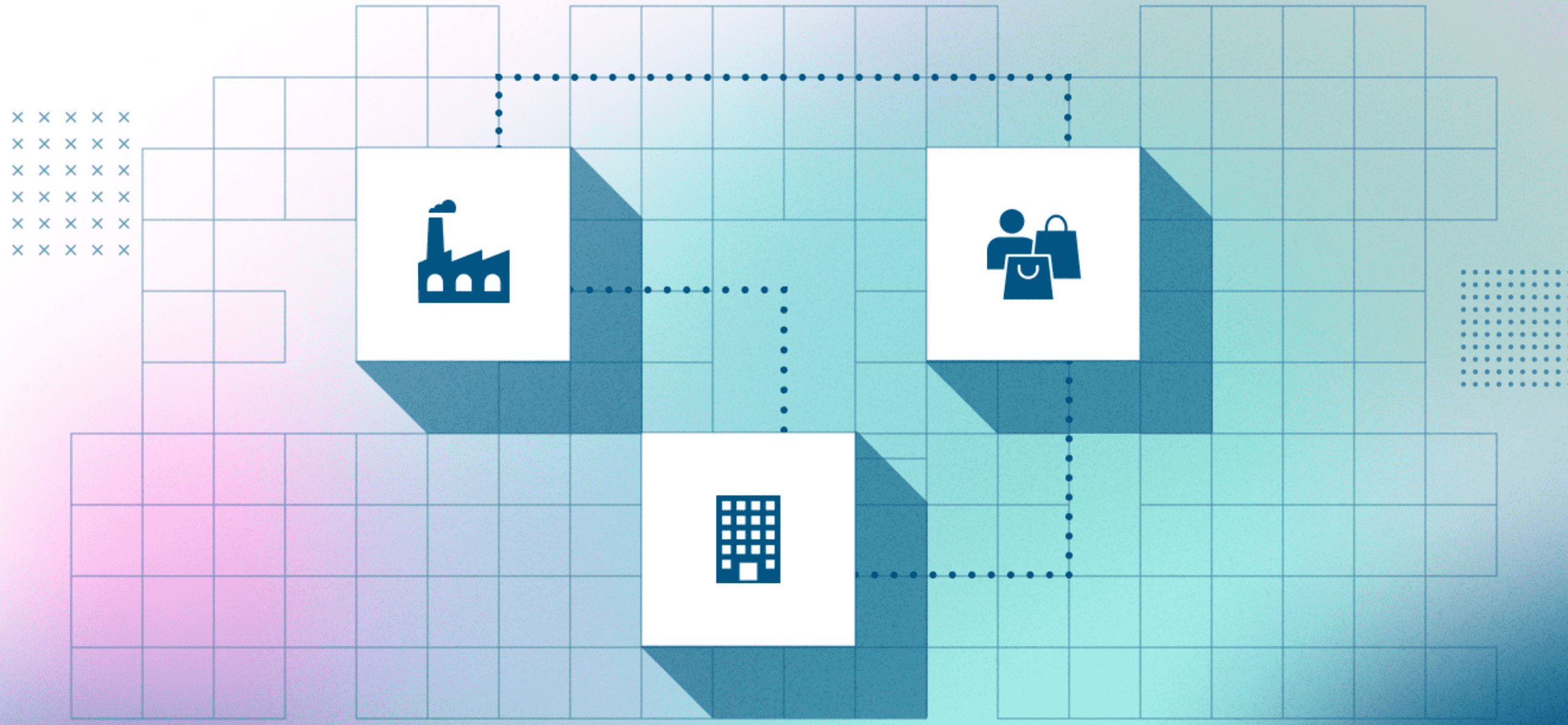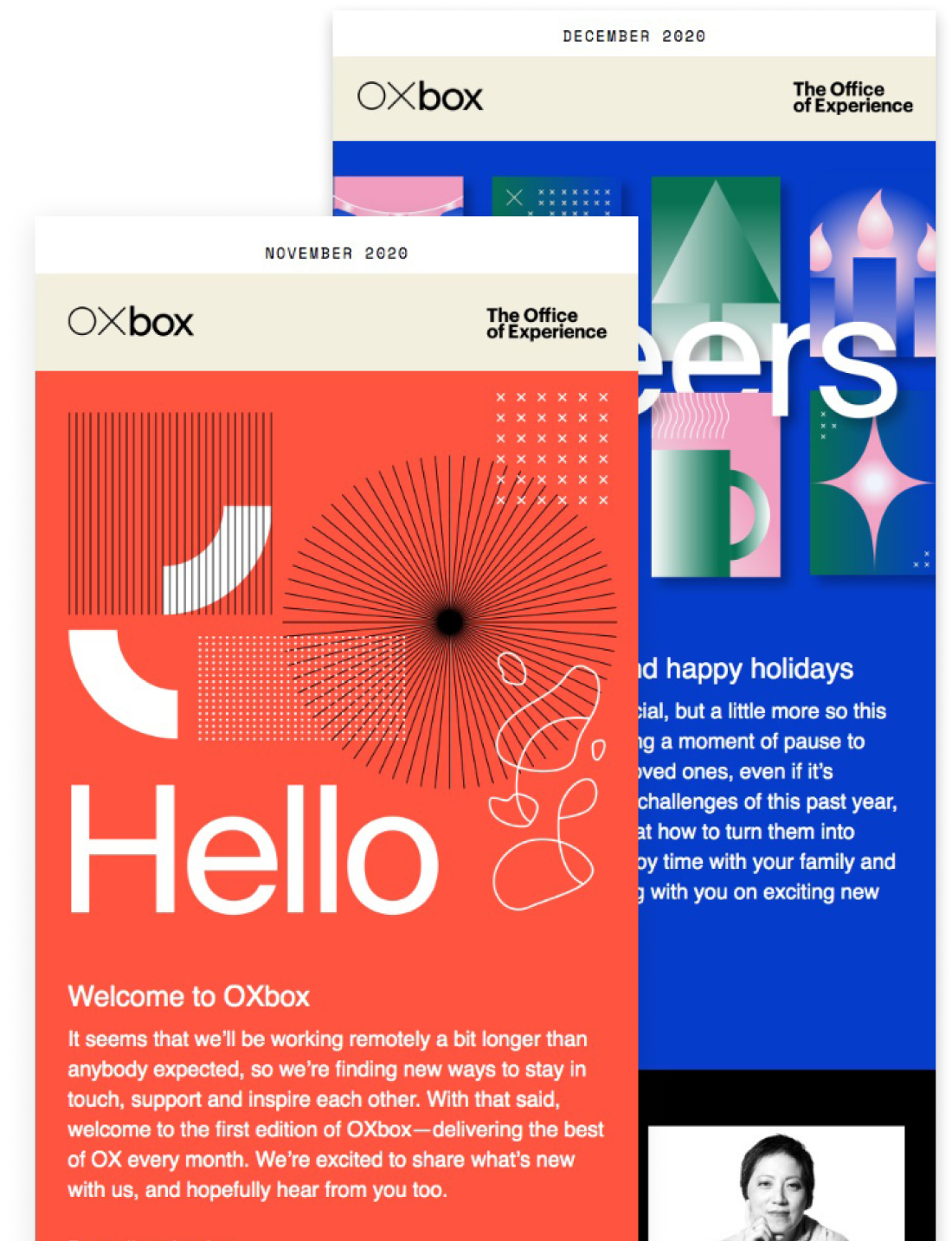
Digital Transformation
Maximizing the Power of B2B2C for Manufacturers and Distributors
Bridging the product journey gap and creating a win-win ecosystem for manufacturers, distributors, and customers.
Key Takeaways B2B2C:
- B2B2C is gaining traction because it connects customers and suppliers.
- B2B2C bridges the gap between a product’s origin and final destination.
- Operational efficiencies surge under B2B2C
- The “infinite aisle” capability expands choices, surpassing stock limitations.
- It allows swift product line adaptation, driving innovation and growth.
- This model strengthens distributor loyalty by enabling a mutually beneficial relationship.
- B2B2C challenges businesses to harmonize diverse systems and processes, ensuring seamless integration.
The B2B2C ecommerce model is gaining traction. It’s an innovative strategy businesses are using to reach more customers and enhance operational capabilities. But it’s a nuanced path. When used properly, it can enable companies to expand market reach and improve service delivery, ultimately fostering growth and customer satisfaction. But it can also manifest itself in various forms, depending on the industry and the nature of the products or services being offered.
Why B2B2C?
At its core, B2B2C aims to bridge the gap between a product’s origin and its final destination. It ensures all parties in the supply chain can benefit from direct access to end customers without disrupting existing relationships. It supports a more agile and responsive business operation and can quickly adapt to market changes and consumer preferences.
As we explore the benefits and challenges of the B2B2C approach, it becomes clear that this model is about more than just selling products. It’s about creating an ecosystem where efficiency, customer satisfaction, and strategic growth converge.
Empower Operational Efficiencies
B2B2C boosts efficiency by simplifying the supply chain, connecting manufacturers directly to customers. Partnering with businesses that already have customer relationships enables companies to use existing channels, reducing the need for extra storage and lowering costs. This innovative strategy gets products to customers faster, and enhances inventory management, logistics, and sales automation.
Create Infinite Aisle Capabilities
With the B2B2C model, businesses can show off a huge range of products online without physically stocking all items. This “infinite aisle” expands customer access to a wider variety of products beyond what’s physically in stock. Leveraging the strengths of channel partners allows businesses to tap into new markets with reduced overhead and increased efficiency, offering a broader product range that reduces stock risks and overhead costs.
Simplify Product Line Extensions
B2B2C enables companies to cater to consumer preferences more effectively, enhancing market reach and driving sales growth. By collaborating with partners, businesses can pilot new items, receive feedback, and refine their offerings before a broader launch. This strategy accelerates the ability to meet customer demands and supports quick expansion of product lines while minimizing risks and upfront costs.
Enhance Distributor Loyalty
Adopting a B2B2C model can significantly reinforce partnerships with distributors. B2B2C grants businesses direct customer access, while distributors can expand their product range and boost sales without the burden of increased inventory risk. This collaboration creates a win-win relationship and mutual growth, reducing the reliance on additional employees to manage orders and maintain customer relationships.
Streamline Complexity Across Systems and Processes
B2B2C adds a challenge in harmonizing the systems and processes of different organizations. Synchronizing inventory management, logistics, sales processes, and customer service across established consumer relationships requires meticulous attention, especially when expanding reach directly to customers.
Balance Pricing, Merchandising, and Personalization
Navigating the delicate balance between pricing, merchandising, and personalization, while also catering to the specific needs of distributors, retailers, and end customers, requires a strategic approach. It’s crucial to provide tailored solutions that address the diverse preferences of each stakeholder without overwhelming them with operational complexities. Adaptable technological solutions can guarantee product features, packaging, and delivery options that align seamlessly with business efficiency and exceptional customer experience.
Ensure a Seamless User Experience
From a UX standpoint, simplifying the complex interactions between manufacturers, distributors, and customers is crucial. The goal is to make the buying process as straightforward and personalized as possible for the end customer while accommodating operational and merchandising needs of distributors and manufacturers.
Enabling and measuring success in B2B2C
Achieving success in the B2B2C model requires a strategic combination of advanced technology and data-driven analysis. Central to this model are self-service portals and seamless platforms that empower customers and partners to independently manage orders, explore products, and tailor their buying experience. This autonomy enhances customer satisfaction and operational efficiency.
However, tracking key performance indicators (KPIs) such as conversion rates, engagement levels, and customer satisfaction is just as important. These metrics gauge the effectiveness of the B2B2C approach in converting prospects into loyal customers and maintaining their engagement. Integrating analytics tools with technological innovations enables businesses to understand customer behaviors and sales drivers. This allows for a refined B2B2C strategy that enhances the purchasing experience and meets partner and consumer needs. This balanced approach fosters a successful, adaptable B2B2C model that promotes growth in line with market demands.
Looking ahead, the future of the B2B2C model will likely be shaped by emerging technologies, shifting consumer preferences, and the increasing demand for seamless, personalized experiences. By staying agile, leveraging data-driven insights, and fostering strong partnerships, businesses can position themselves at the forefront of this evolving landscape, driving innovation and sustainable success in an increasingly competitive market.
This article was adapted from a recent podcast appearance on The Agile Brand with Greg Kihlström.
Drop us a line
ALL FIELDS REQUIRED







